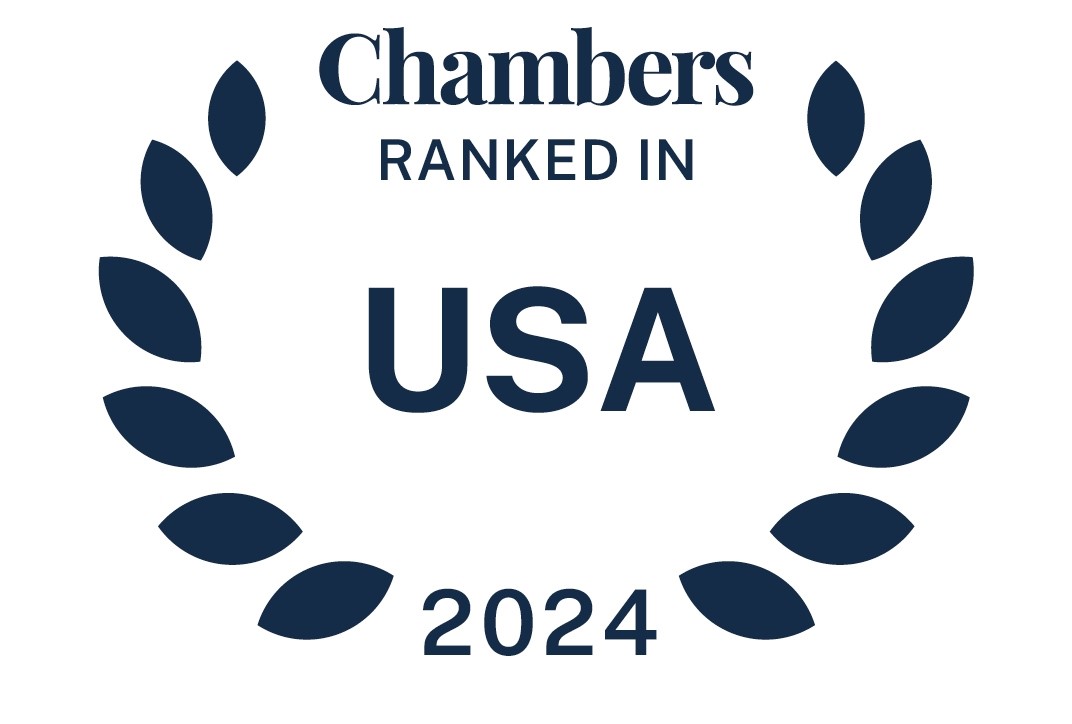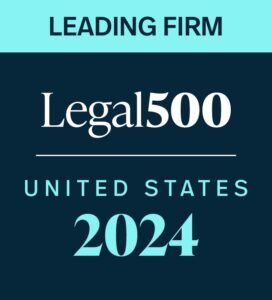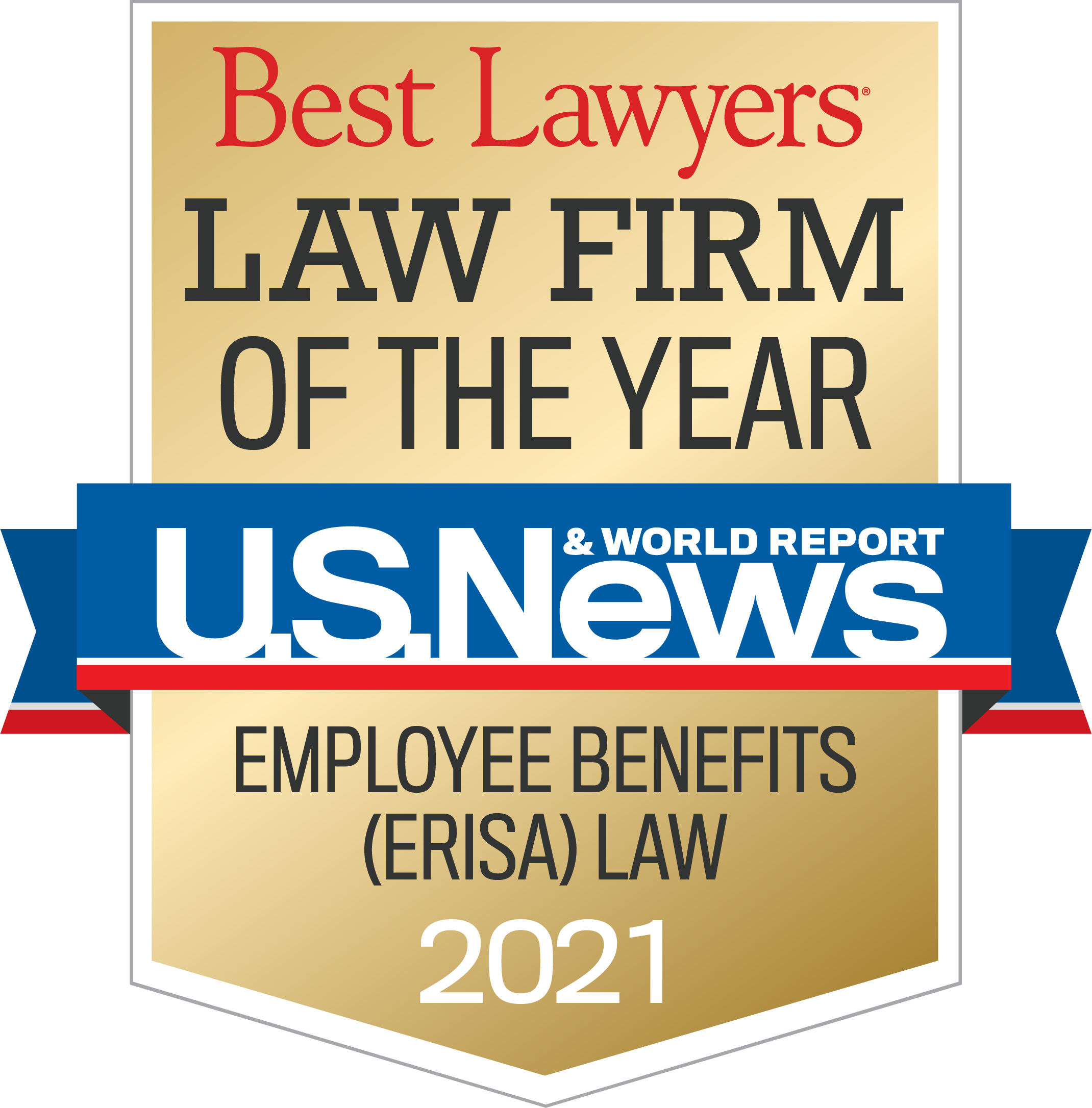In early 2017, the IRS updated its Golden Parachute Payments Audit Technique Guide for the first time since its 2005 issuance. While intended as an internal reference for IRS agents conducting golden parachute examinations, the Audit Technique Guide offers valuable insight for both public and private companies, and recipients of golden parachute payments, into how IRS agents are likely to approach golden parachutes when conducting an audit.
read more


 Subscribe
Subscribe




